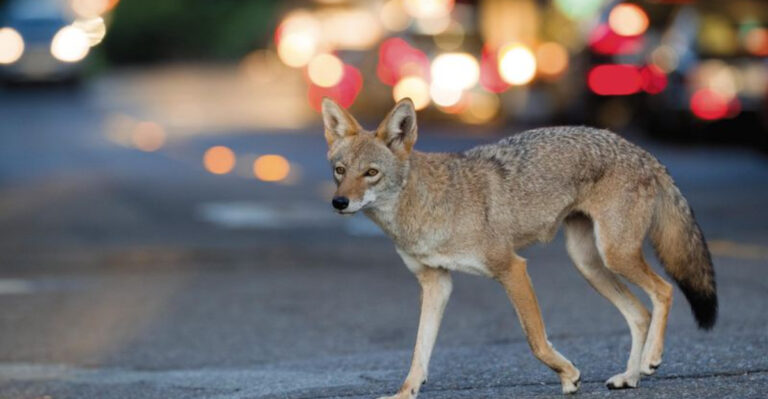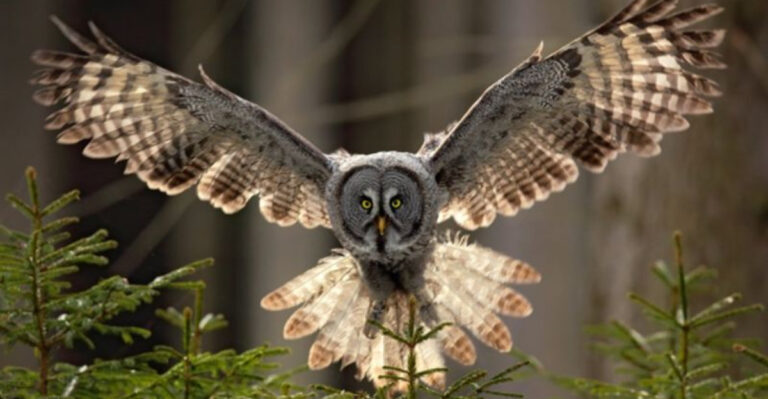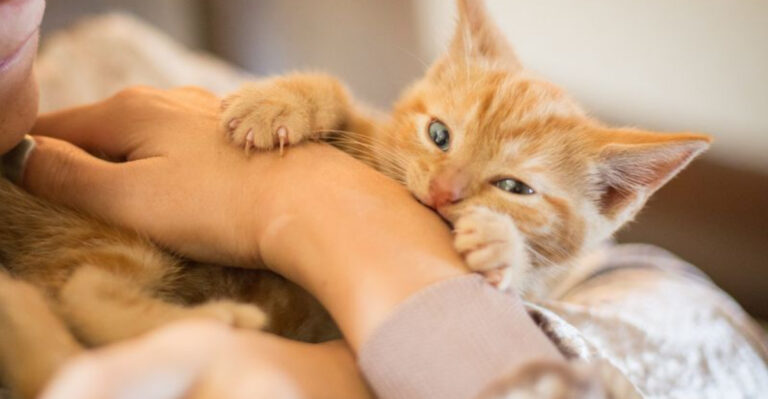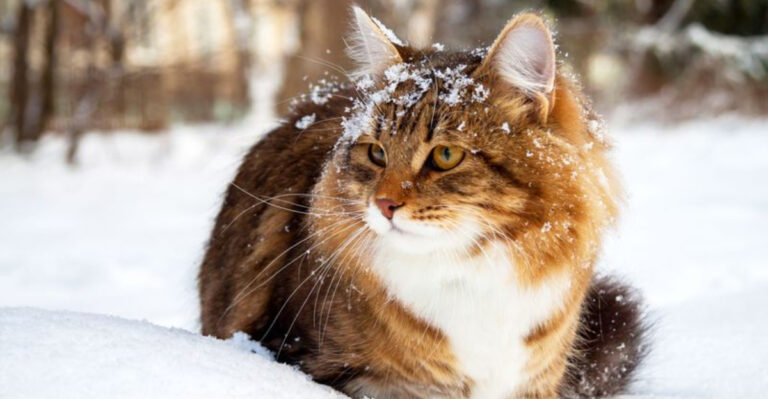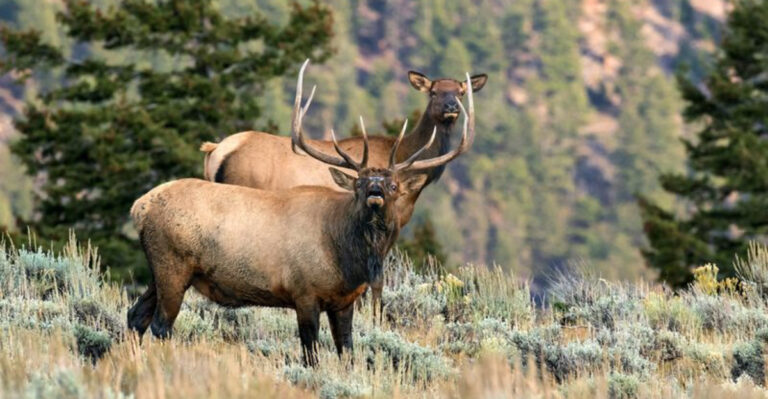The Forgotten Fluffy Breed: 15 Wild Facts About The Extinct Woolly Dog
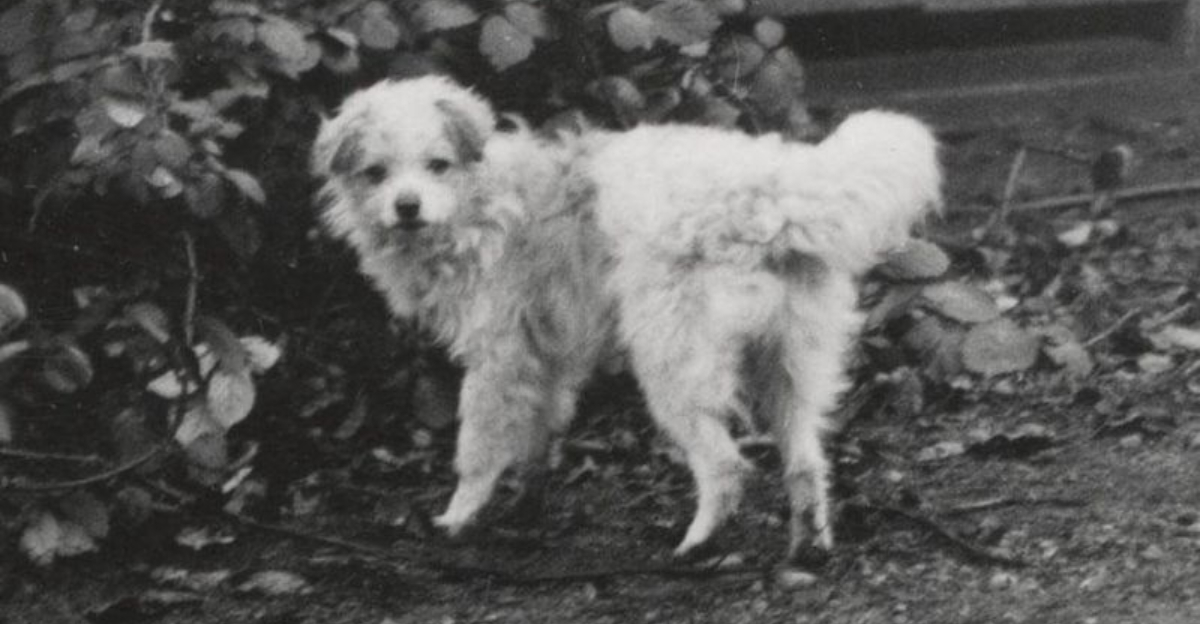
Ever heard of a dog that was more like a sheep with a wagging tail? The Woolly Dog, once cherished by the Coast Salish tribes, was just that.
This unique breed wasn’t just a pet; it was a vital resource, sheared for its wool to create blankets and robes.
Though extinct now, its legacy lives on in cultural history and the lone taxidermied specimen at the National Museum of Natural History.
1. A Fluffy Coastline Companion
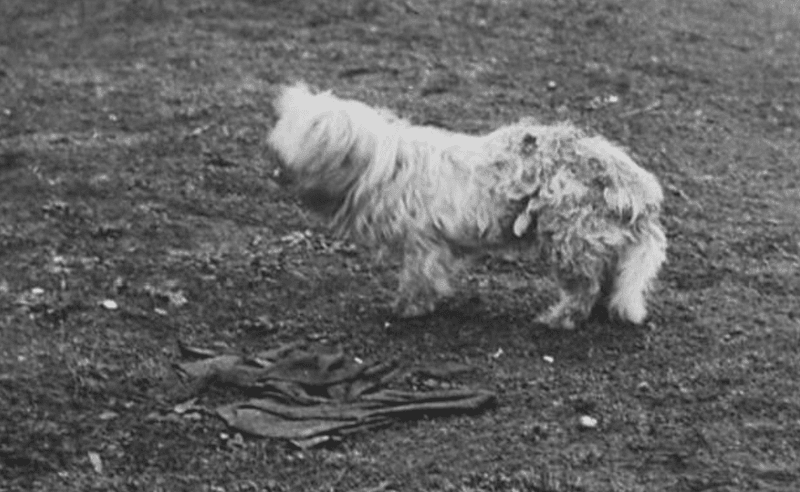
The Woolly Dog was bred by Indigenous peoples of the Pacific Northwest, particularly the Coast Salish tribes, for its thick, soft fur.
This fur was unlike any other dog’s coat, so dense and plush that it could rival the finest sheep’s wool.
Imagine a dog that looks like it’s wrapped in a snug, fluffy blanket—now that’s a cozy companion! This dog’s ability to brave the chilly coastal winds made it an invaluable partner to the Indigenous communities.
2. Not Just A Pet
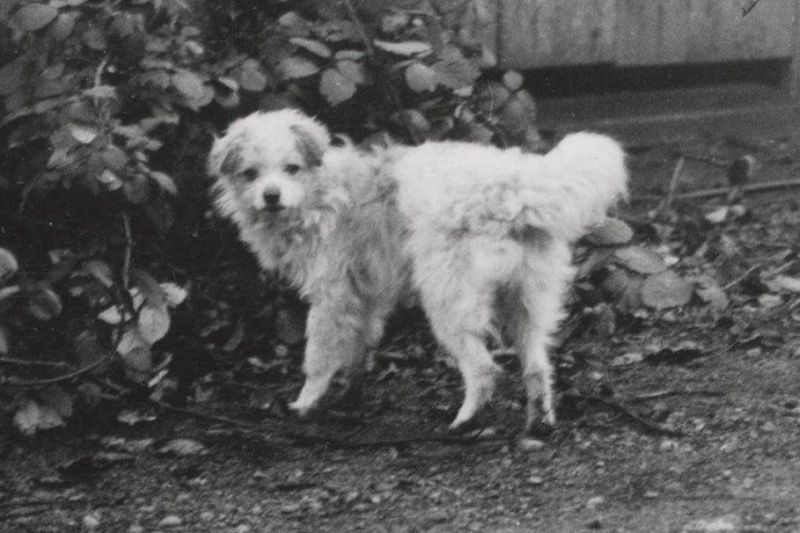
These dogs weren’t just companions—they were sheared like sheep. Their wool was spun into yarn and woven into blankets and robes.
The crafting of these items was a meticulous process, each blanket a tapestry of tradition and skill. This wool wasn’t merely functional; it was a symbol of wealth and craftsmanship.
3. Guardians Of The Hearth
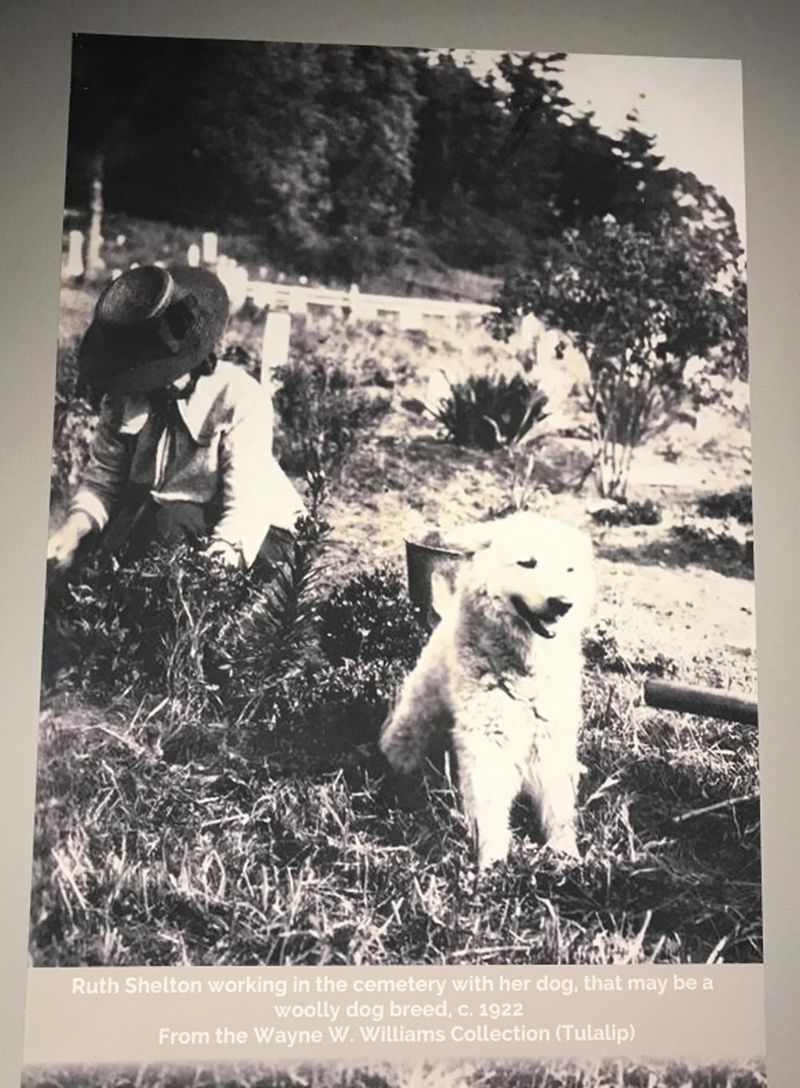
Despite their rugged outdoor capabilities, Woolly Dogs were also beloved family members, often found lounging by the fire in traditional longhouses.
Their calm and affectionate nature made them perfect companions on chilly nights, and their thick coats provided warmth and comfort.
They were more than mere animals; they were integral members of the household, offering both protection and companionship with their gentle demeanor.
4. A Cotton-Like Coat
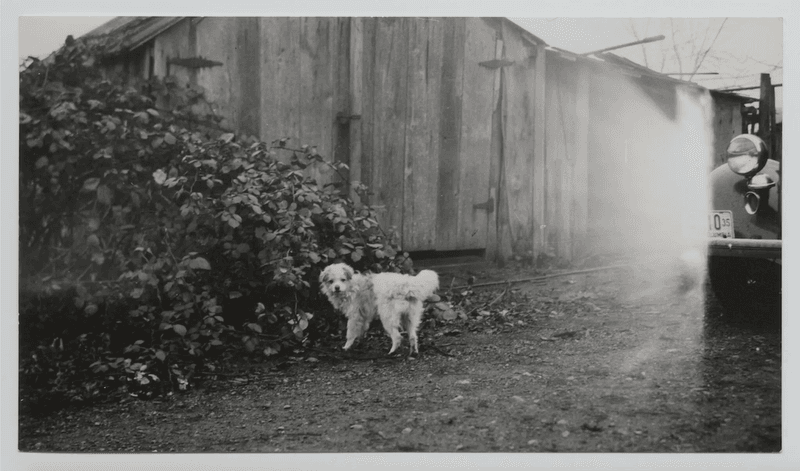
Unlike most dogs, the Woolly Dog had a dense, white, fluffy coat that was more similar to sheep’s wool than to standard dog fur.
This coat was not just visually striking but was also incredibly soft to the touch. Imagine running your fingers through a cloud of fluffiness – that’s what it felt like!
This unique feature made the Woolly Dog stand out not only among other dogs but also as a prized possession in its community.
5. A Special Diet
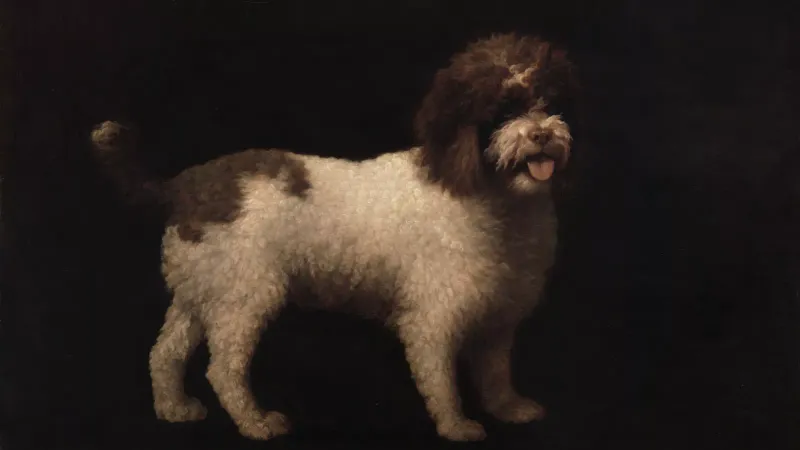
To maintain the quality of its wool, owners fed these dogs a carefully controlled diet—often a combination of fish and other protein-rich foods.
This special diet ensured that their fur remained in tip-top condition, making the Woolly Dog not just a pet, but an investment.
The dedication to such a regimen highlights the important role these dogs played in their communities, where every detail was tended to with care and precision.
6. They Were Kept Isolated
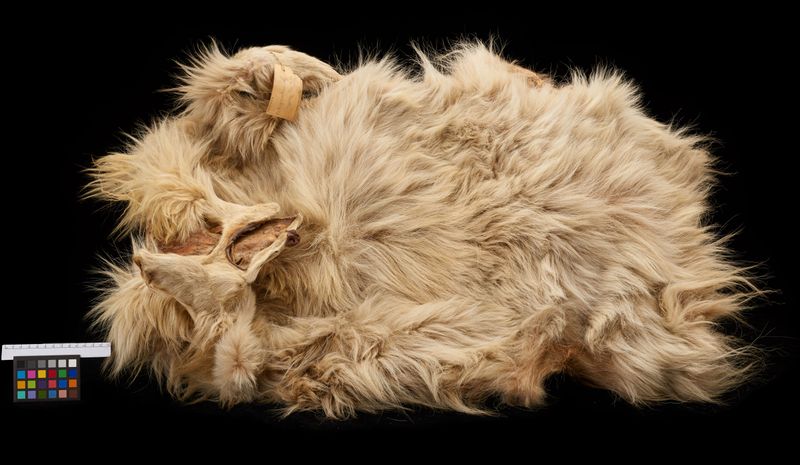
To prevent crossbreeding and protect the purity of their wool, these dogs were sometimes kept on isolated islands or in enclosures.
This isolation helped maintain the distinct characteristics that made their fleece so valuable.
This strategic isolation was a testament to the importance placed on their unique traits.
7. It Was A Sign Of Wealth
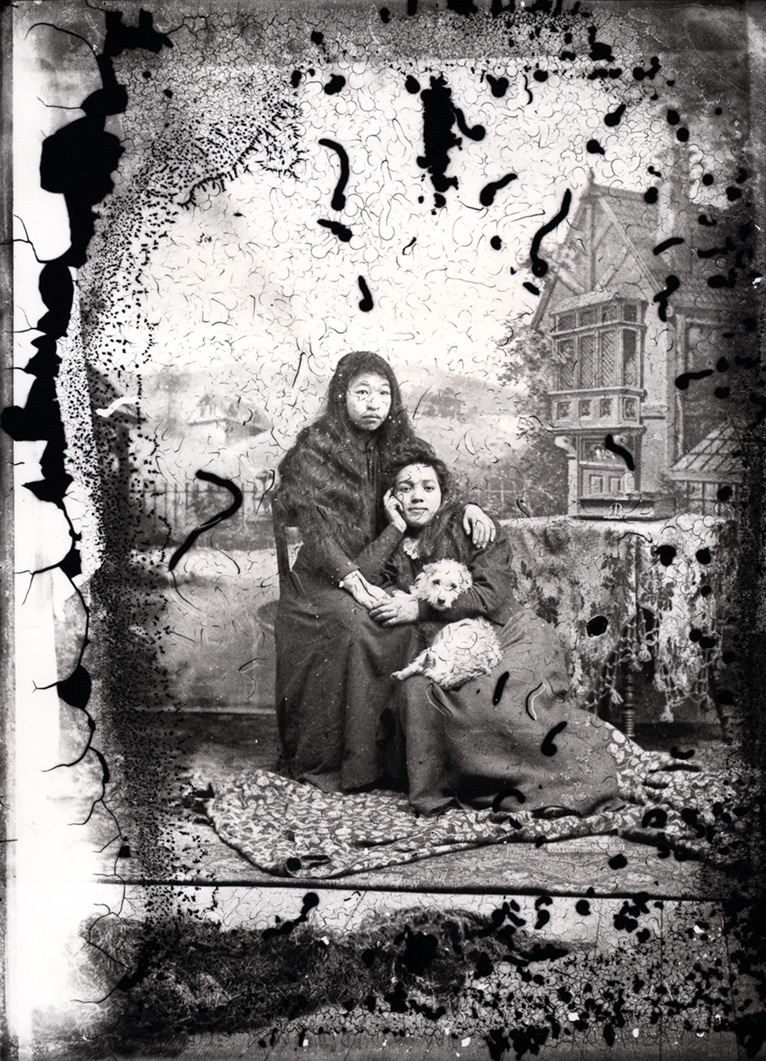
Owning woolly dogs and items made from their wool was considered a sign of wealth and status among Pacific Northwest tribes.
These dogs were more than companions; they were living symbols of prosperity and cultural pride.
The Woolly Dog’s presence was a living testament to its owner’s status and the community’s heritage.
8. Blankets Were More Than Just Warmth
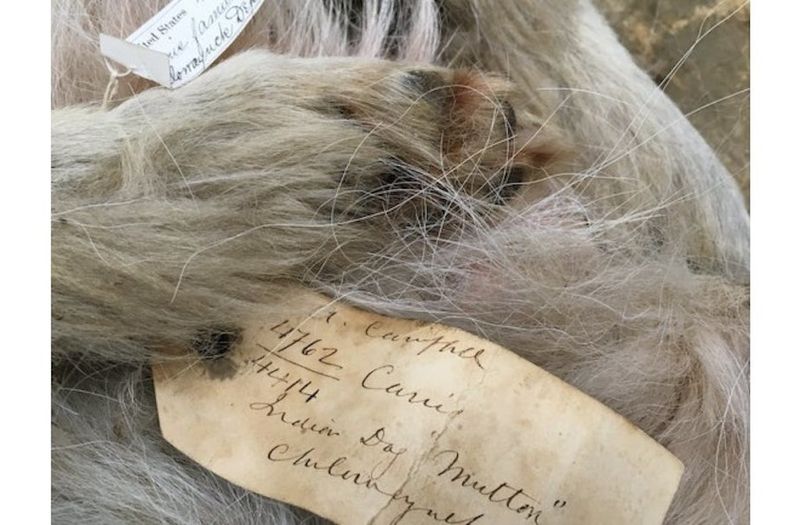
Woolly dog blankets were so valuable they were often used as currency or passed down as treasured heirlooms.
These blankets were not just practical items; they were rich in cultural significance, each one a woven story of heritage and skill.
Imagine wrapping yourself in a piece of history, a blanket that carried the warmth of tradition and the weight of ancestral pride. These were not just blankets; they were woven legacies.
9. Spanish Explorers Wrote About Them
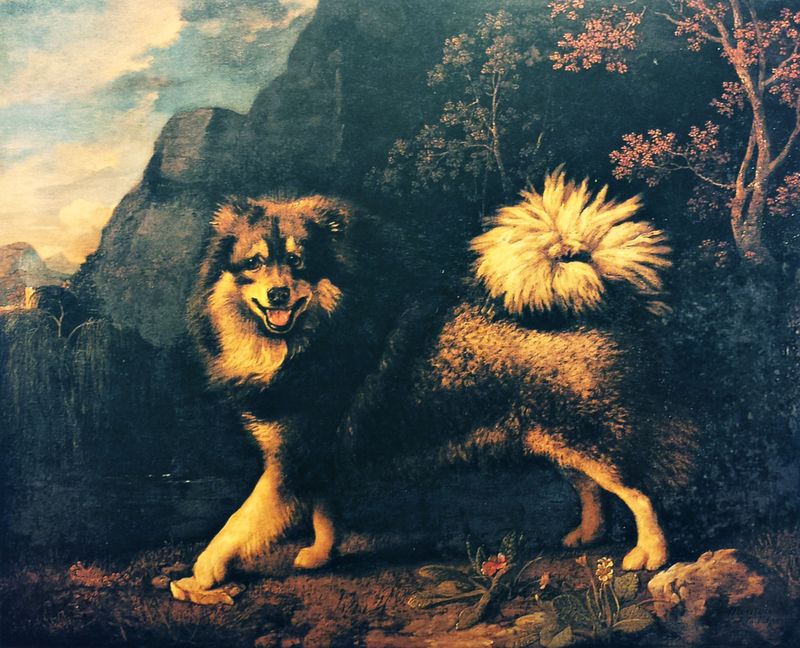
Early European explorers in the 1700s took note of these unique dogs and the importance they held in Indigenous cultures.
The explorers were fascinated by the dogs’ striking appearance and the role they played in the local economy.
Their writings offered a glimpse into the world of the Coast Salish tribes and the unique place the Woolly Dog held within it.
10. Population Dwindled Quickly
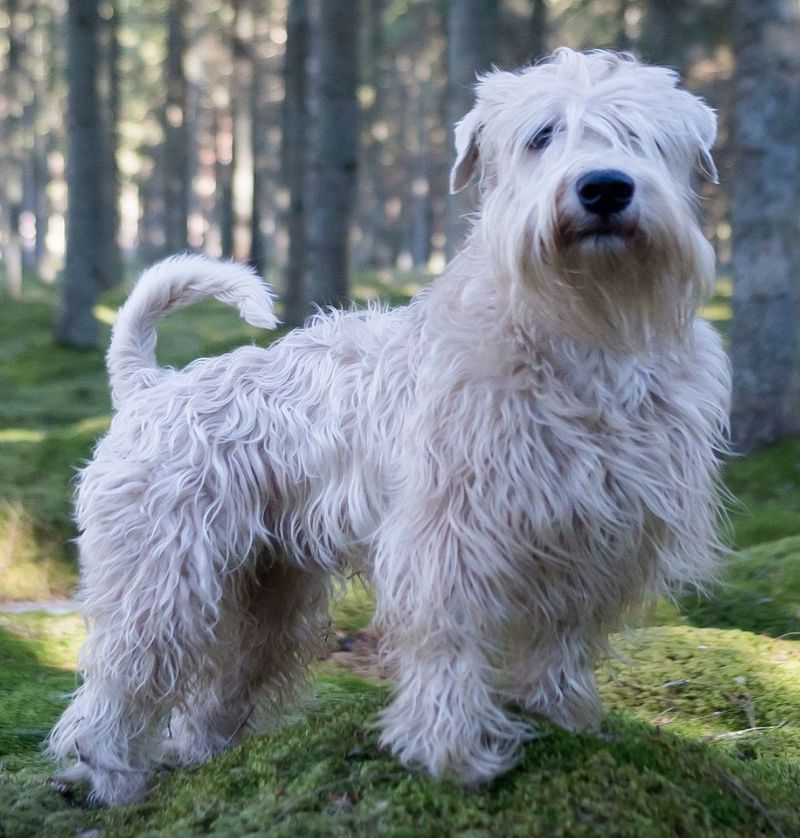
By the mid-1800s, the rise of imported sheep wool, colonization, and changing economies led to the breed’s sharp decline.
The Woolly Dog’s utility as a source of wool diminished, and with it, the demand for these unique canines. This decline happened rapidly, with the once-common sight of these dogs becoming increasingly rare.
The impact of these changes was profound, signaling the end of an era for the Coast Salish and their Woolly Dogs.
11. Extinct In The 19th Century
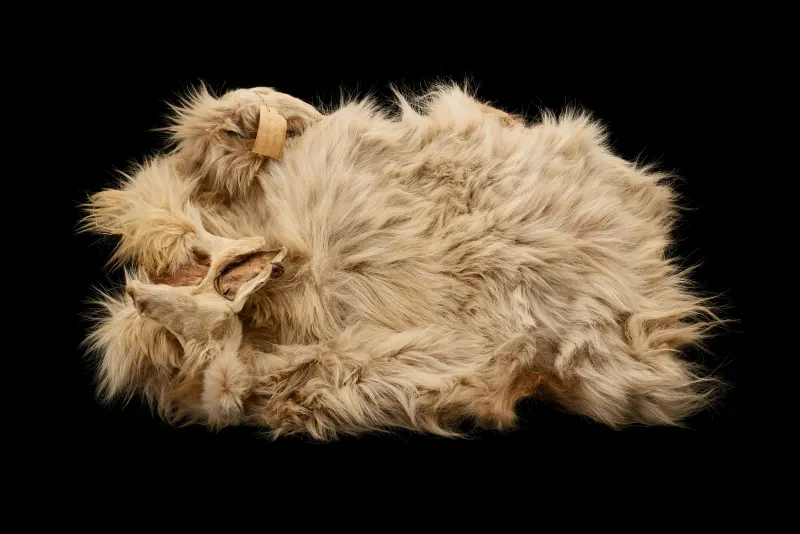
The last known Woolly Dogs were documented around the 1850s. Their purpose faded, and the breed vanished completely.
The extinction of these dogs marked a poignant moment in history, where cultural shifts and economic changes led to the disappearance of a once-thriving breed.
These dogs, once a staple of the Pacific Northwest, became a memory, leaving behind stories and artifacts to tell of their existence.
12. Only One Stuffed Specimen Remains
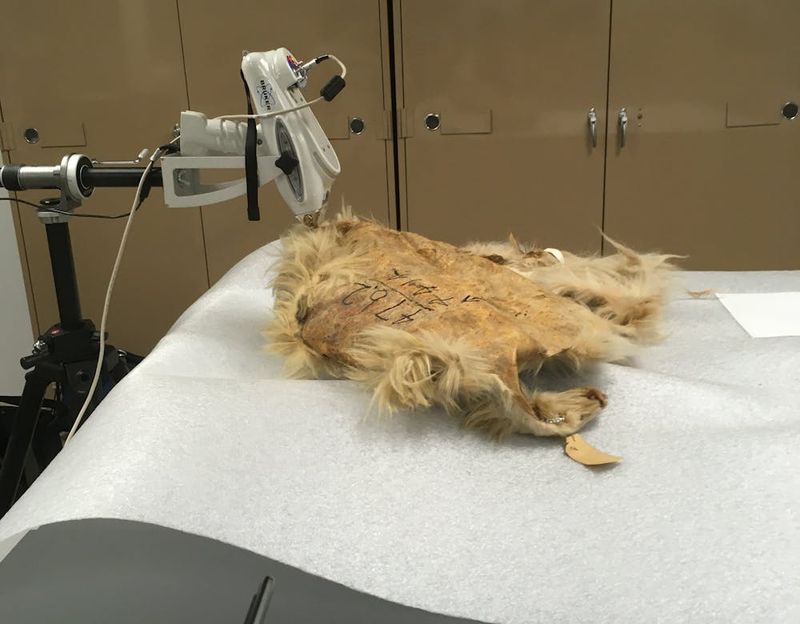
A single taxidermied Woolly Dog is housed at the National Museum of Natural History in Washington, D.C., preserved for future study.
This specimen serves as a tangible connection to the past, offering insights into the breed’s unique characteristics.
13. Compact Yet Hardy

Woolly Dogs were small to medium-sized, stocky, and built to endure cold coastal climates thanks to their thick fur.
These dogs were tough little companions, able to tread through snow and resist the chill of the Pacific winds.
Envision a dog resilient enough to brave harsh winters, yet small enough to be a loyal companion by the hearth. Their hardy nature made them ideal for life along the rugged coastlines.
14. Women Were The Weavers
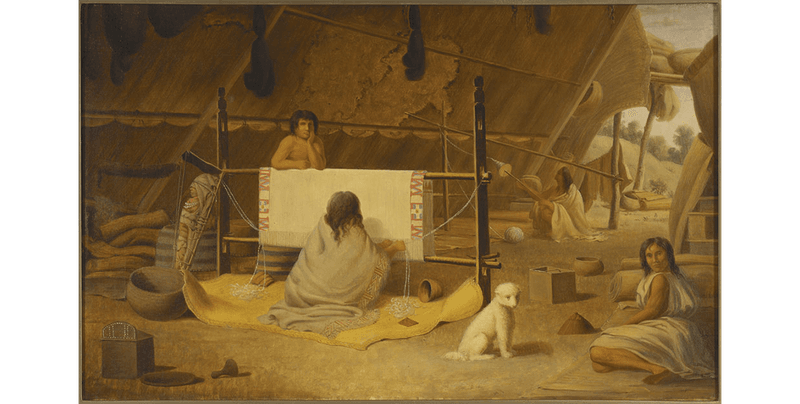
Salish women were the primary caretakers of the Woolly Dogs and the artisans behind the intricate, prized wool blankets.
They nurtured these dogs and transformed their wool into beautiful, functional works of art.
15. Science Is Still Studying Their DNA
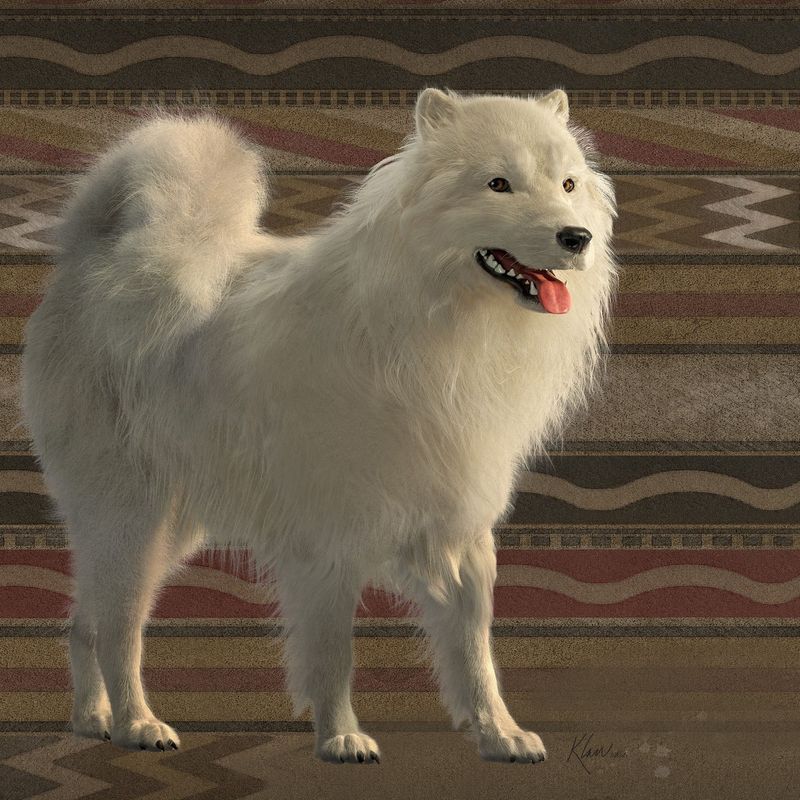
Modern genetic studies on the preserved specimen are helping researchers better understand ancient dog breeds and human-animal relationships.
The Woolly Dog’s DNA is a key to unlocking past mysteries, offering insights into breeding practices and historical lifestyles.

